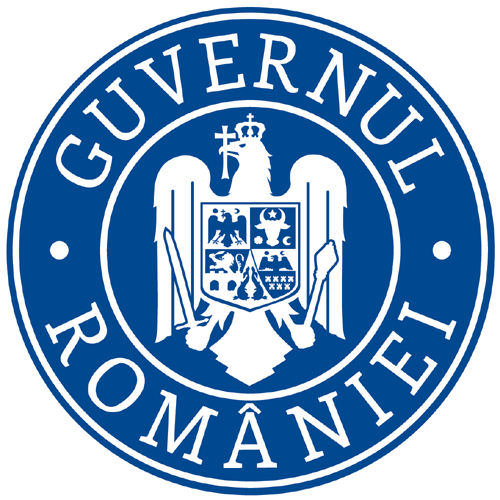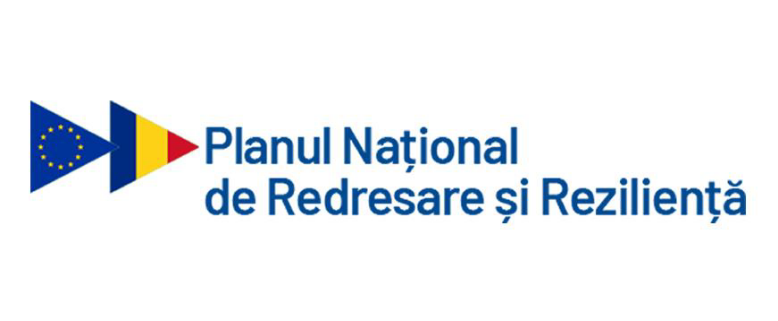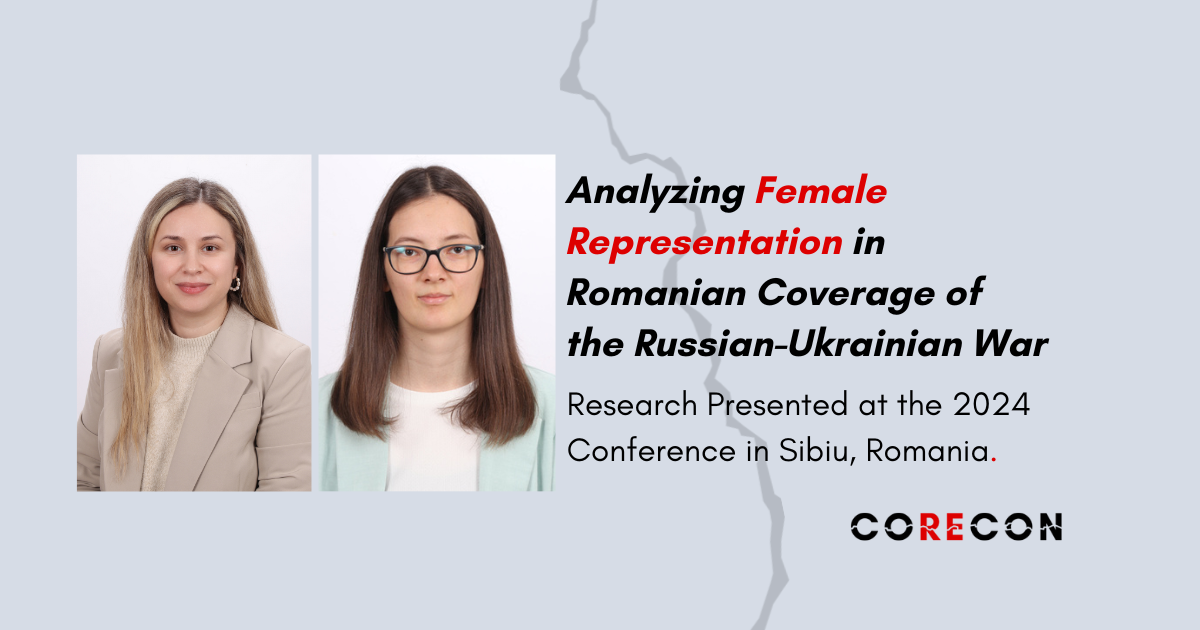On May 23, 2024, Denisa Bâlc and Iulia-Maria Ticărău participated in the conference “Women in Eastern and Southeastern Europe and the Experience of War,” held in Sibiu, Romania. They presented their research, titled “Unveiling the Feminine Narrative: Analyzing the Role of Women in Mediating the Russian-Ukrainian Conflict,” which is based on the corpus compiled for the CORECON project.
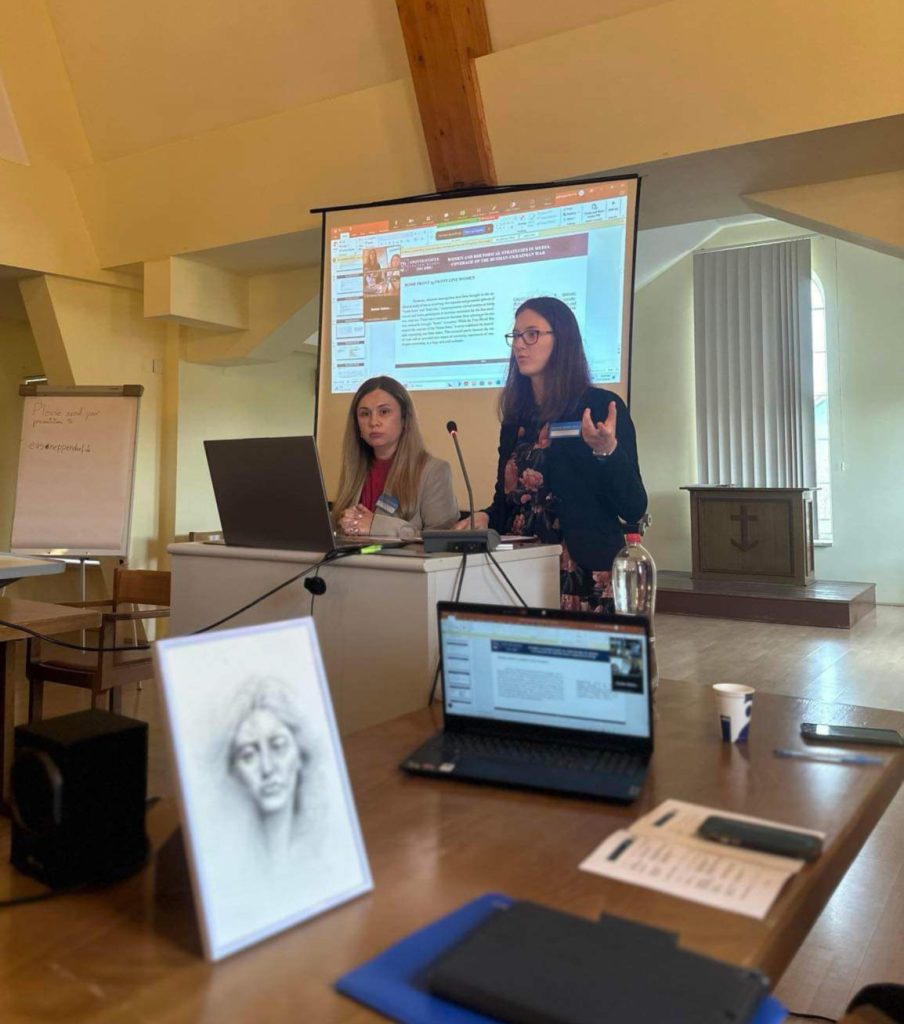
Study Overview
The study began with a compilation of 750 news articles from 2022 sourced from Romanian news platforms such as hotnews.ro, stirileprotv.ro, libertatea.ro, stiripesurse.ro, romaniatv.net, and digi24.ro. From these, 76 headlines containing keywords related to women were identified to analyze their representation in Romanian mass media.
Presentation Structure
The presentation was organized into three main sections:
Thematic Classification of Women’s Images
Using Susan R. Grayzel’s classification from her book “Women’s Identities at War: Gender, Motherhood, and Politics in Britain and France during the First World War,” women’s images were categorized into two classes based on their involvement in military conflicts: “home front women” and “front line women.” The analysis revealed that in the Russian-Ukrainian conflict, the predominant portrayal was of women not actively involved in the war.
Gender Image Polarization
This section explored the contrasting portrayals of women and men in military-themed news. The analysis highlighted persistent stereotypes, with women depicted as weak and men as strong. It also underscored the aggressor-victim dichotomy, particularly in social and military
contexts.
Ethnic and Gender Analysis of the Conflict Parties
The final section examined the representation of Russians and Ukrainians, focusing on ethnic and gender aspects. The findings showed that Ukrainian women were predominantly depicted as victims and refugees, in stark contrast to the portrayal of Russian men. Russian women and Ukrainian men were significantly underrepresented in the news coverage.
The critical analysis of Romanian journalistic discourse demonstrated that women’s roles in the Russian-Ukrainian conflict were minimally reflected, with a focus on social aspects tangential to the conflict. The persistent gender stereotypes depicted women as fragile compared to the strong male image, highlighting the need for more balanced and accurate representations.
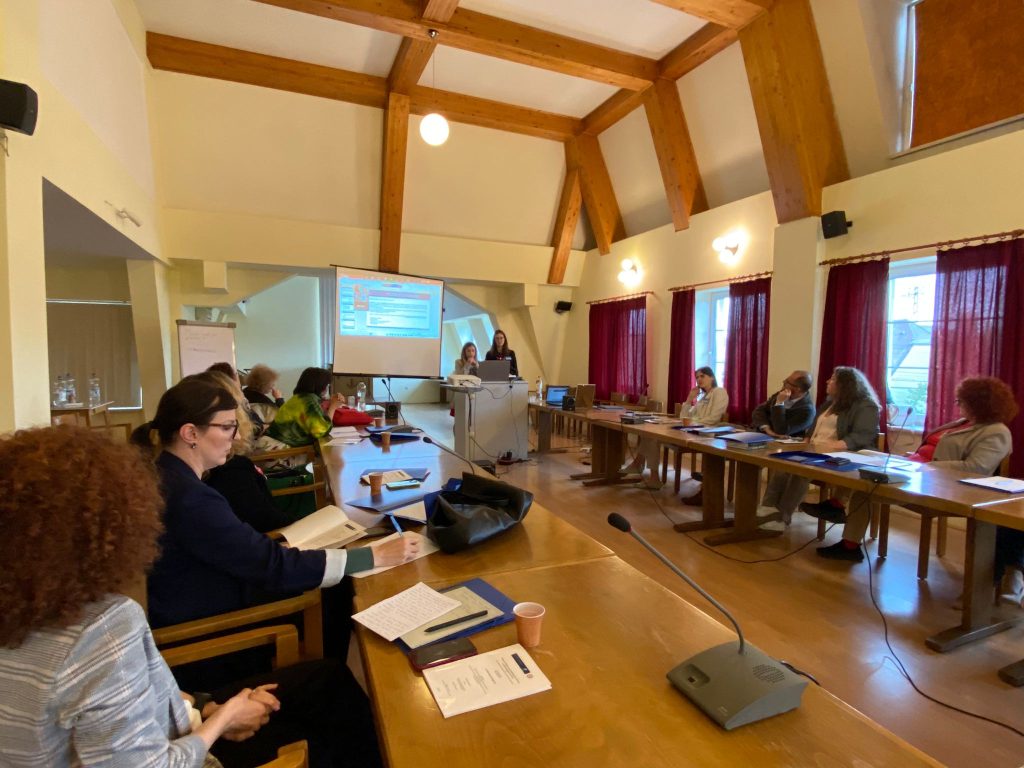
Conclusions
In Romanian war-focused mass media, Ukrainian women are redominantly portrayed as victims and refugees, while Russian women and Ukrainian men are notably underrepresented. This selective representation distorts public perception and overlooks the complex realities of women’s involvement in the conflict. The research underscores the necessity for balanced media coverage that accurately reflects the diverse roles of women. By highlighting these biases, the study aligns with CORECON’s mission to promote critical discourse analysis and enhance media literacy.
Text by Denisa Bâlc and Iulia-Maria Ticărău
Useful materials:
- Bethke Elshtain, Jean (1985). Reflections on War and Political Discourse: Realism, Just War, and Feminism in a Nuclear Age, Political Theory, Vol. 13, No. 1.
- German, Lindsey (2013). How a Century of War Changed the Lives of Women, London, PlutoPress.
- Grayzel, Susan R. (1999). Women’s Identities at War: Gender, Motherhood, and Politics in Britain and France during the First World War, The University of North Carolina Press, Chapel Hill and London.
- Robson, Deborah Carol (2000). Stereotypes and the female politician: A case study of Senator Barbara Mikulski, Communication Quarterly, 48 (3): 205-222, DOI: 10.1080/01463370009385593.

